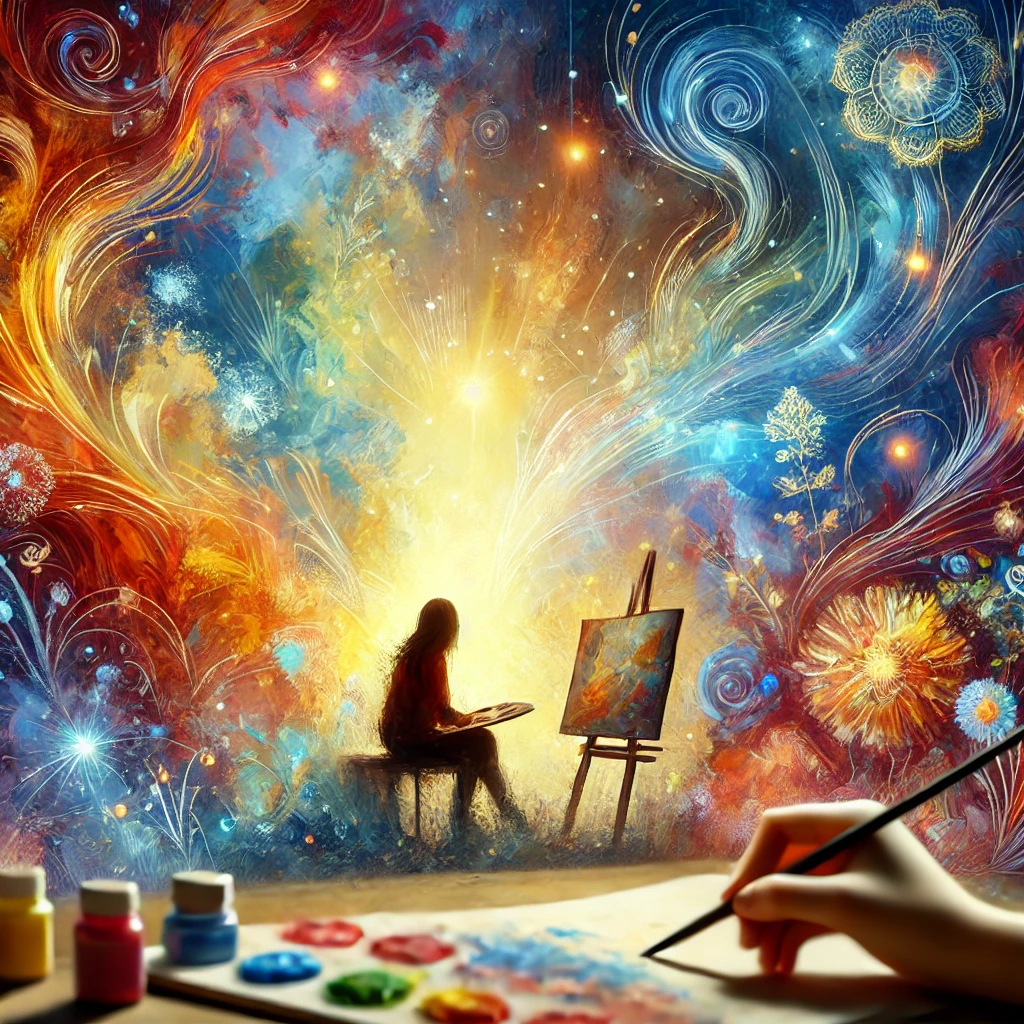Usually, PTSD or post-traumatic stress disorder is suffered by veterans, first aid responders, or people who have witnessed violence and abuse. It is a mental health condition that most often comes after a traumatic event is experienced or witnessed. Flashbacks, nightmares, and emotional responses are common. Drug therapy and conventional techniques continue to be the primary approaches to treating PTSD, while healing through art is gaining more and more popularity. This blog post scrutinizes new ways of healing through art. The art of healing through creativity and its effects on mental health is explored in the context of supporting those with severe PTSD, with resources like Medical PTSD Treatment offering specialized care for individuals seeking therapy.
Post-traumatic stress disorder (PTSD) is a serious psychiatric disorder that affects individuals who have experienced or witnessed a traumatic event. PTSD symptoms can include re-experiencing symptoms such as flashbacks and involuntary memories, avoidance symptoms, mood symptoms like negative thoughts and emotional distress, and reactive symptoms such as angry outbursts and feeling tense. PTSD can arise from combat exposure, abuse, long-term trauma, or other life-threatening situations.
People suffering from PTSD often experience anxiety disorders, depression, suicidal thoughts, and difficulty coping with daily life. The severity of PTSD varies, with some individuals facing acute stress disorder before developing chronic PTSD. Medical PTSD Treatment Fort Lee, NJ, including psychiatrists and psychologists, emphasize the importance of professional treatment, including cognitive behavioral therapy (CBT) and other effective psychotherapies.
Art therapy is an important treatment modality that allows trauma survivors to express their emotions and manage PTSD symptoms through creative expression. Engaging in activities such as painting, sculpting, and music therapy can help individuals process traumatic experiences in a safe environment. This approach provides a coping strategy for individuals struggling with emotional reactions and behavioral symptoms of PTSD.
Art therapy helps individuals articulate feelings of extreme fear, horror, and emotional distress that may be difficult to express through words. This method is particularly beneficial for veterans, first responders, and trauma survivors dealing with PTSD-like symptoms. Creative expression fosters positive emotions, reduces mood symptoms, and aids in managing symptoms associated with PTSD and other mental disorders.

Numerous studies conducted by institutions such as the National Institute of Mental Health and the Substance Abuse and Mental Health Services Administration highlight the positive impact of art therapy on PTSD treatment. Data suggests that:
These therapy options, when combined with traditional cognitive behavior therapy (CBT) and behavioral therapy, can be instrumental in PTSD recovery.
U.S. veterans frequently suffer from PTSD due to exposure to traumatic events in combat. The Veterans Affairs (VA) program acknowledges that PTSD symptoms such as re-experiencing traumatic memories, hyperarousal symptoms, and avoidance of stressful experiences can severely impact functioning. Many veterans report feeling disconnected from life after returning home, struggling with ongoing trauma and social engagement disorder.

Veterans benefit from tailored PTSD treatment plans that combine:
The benefits of incorporating art therapy into PTSD treatment include:
If you or a loved one are experiencing PTSD symptoms, it is essential to locate mental health services that offer professional treatment. A mental health provider can help develop a comprehensive treatment plan, including therapy options such as:
Art can be a useful form of treatment for oneself or maybe even for someone battling with PTSD. For those in the Fort Lee, NJ area, attending the Anxiety Test & Screening can further help with maintaining one’s mental health.
Recovering from PTSD is a challenging but achievable journey. Art therapy offers an innovative way to manage PTSD symptoms, cope with stress, and promote emotional healing. Whether through painting, music, writing, or movement, creative expression empowers trauma survivors to regain control over their emotions and improve their quality of life. By integrating art therapy into PTSD treatment, individuals can find new hope in their healing journey and foster a positive emotional outlook.
440 West Street, Suite 323, Fort Lee, NJ, 07024
[email protected]
Phone: (347) 879 0202
Copyright © 2025 | All Rights Reserved | Created By Invisio Solutions Ltd